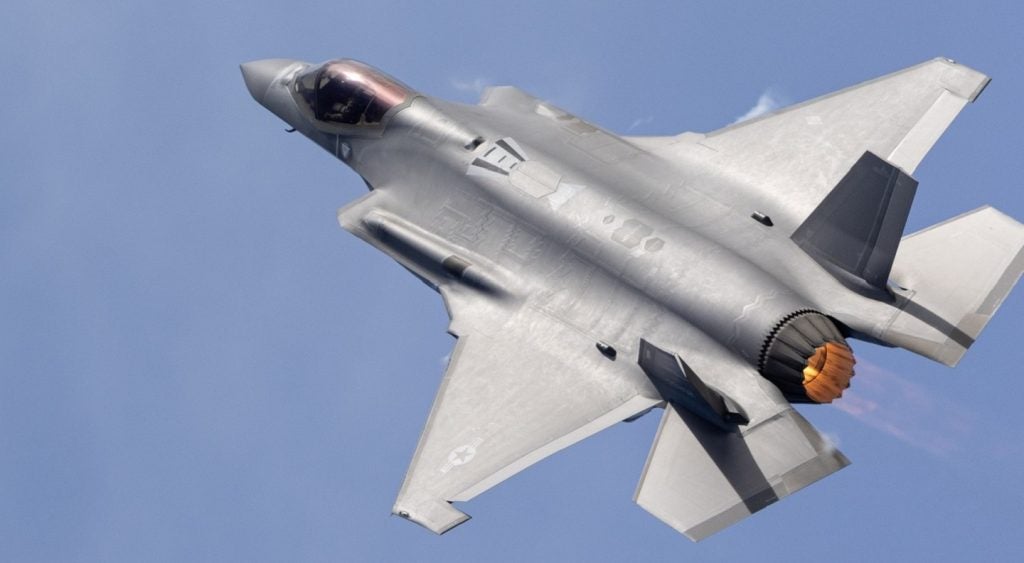The US Department of Defense (DoD) has initiated the ‘site activation’ of F-35 A, B and C fighter jets to the US Air Force, Navy, Marine Corps as well as foreign military sales customers.
Site activation – a DoD phrase – refers to the process by which systems and equipment are delivered to an put into service by operational units in the field.
On 4 January 2024, the department issued a contract modification worth $1.1bn to the manufacturer of the world’s most complex aircraft, Lockheed Martin, to provide “site activation and hardware requirements.” This involves activities such as site activation events and training devices as well as contract management, planning and readiness reviews and associated non-recurring introduction to F-35 service activities.
Toward the end of 2023, Moody Air Force Base in Georgia and the 173rd Fighter Wing, based at the Kingsley Field Air National Guard Base in Oregon both received a Site Activation Task Force (SATF), whereby experts come together to assess and evaluate multiple areas in these military sites.
These SATFs prepare to accommodate the sophisticated fighter aircraft ahead of their deployment to the two sites in 2029 and 2026 respectively.
Progression and problems with the F-35 programme
Last year, we saw Canada finalise a deal for 88 F-35A fighters in January, while the Belgian Air Force saw the rollout of the first of its 58 F-35A fighters in December.
Meanwhile, the US Government Accountability Office (GAO) published a report on 30 May 2023 that found that the DoD neglected to take important steps to evaluate the development of the world’s leading combat aircraft. The programme is now more than a decade behind schedule and $183bn over original cost estimates.
Additionally, the GAO also found that the Block 4 upgrade will prove to be far less sustainable, which leads to limitations to the future capabilities employed by the aircraft.
While facing up to this overwhelming deficit, an additional $1.1bn toward deployment of the platforms without appropriate survivability will certainly lead to further costs and delays down the line.









